The Guide #214: Sleep-inducing songs and tranquilising TV – the culture that sends us to sleep (in a good way)

How do you sleep at night? If you’re like Hannah, a recent subject of the Guardian’s My cultural awakening column, it’s to the sound of a rat whisking eggs.The series shares stories of people who made a significant life change thanks to a piece of popular culture, and in the case of Hannah, that meant curing insomnia by watching Ratatouille.Every night for the last 15 years, at home or abroad, she switches on the Pixar classic and, within minutes, finds herself dropping off, thanks to the film’s comforting, consistent soundscape.It’s so effective, in fact, she’s never even seen it all the way through.Hannah’s might be a bit of an extreme example, but her tale does touch on something universal: culture seems to play an increasingly important role these days in helping people nod off.
Head over to Spotify, Apple Music or any of the other music streaming sites and you’ll find endless playlists promising to ease you into a deep sleep.You’ll find similar on the BBC’s radio stations: 6Music’s Dream Time, a late-night audio mix from DJ Zakia Sewell; Radio 1’s Deep Sleepscapes, which repurposes audio footage from the Beeb’s nature programming; or The Sleeping Forecast, which splices ambient and classical music with snippets from the shipping forecast.That latter series comes from Radio 3 Unwind, a new sister station to Radio 3 designed to “enhance wellbeing”, so naturally encouraging a good night’s sleep is central to a lot of their programming.There’s an entire sub-category of podcasting to send you under, too: series like Nothing Much Happens, which offers storytelling that is interesting enough to hold your attention but pitched at an intensity that won’t keep you gripped and wakeful.While audio might be a natural accompaniment to zonking off, screen-based culture is usually dissuaded by proponents of “sleep hygiene”.
Still, as someone who regularly dozes off in front of the box, no matter how well-made and enjoyable the thing on it is, I can confirm that film and television can be of great assistance in conking out, too.And of course, “reading a few pages of a book before inevitably nodding off” has been a tried and trusted sleep aid for centuries.With all that in mind we thought it was a fine time to ask experts across TV, music, literature, podcasts and film about what culture they use to send themselves to sleep.Not out of boredom, we should add: these are all legitimately things they enjoy.So hopefully they prove suitably soporific for the insomniacs, and something good to check out for everyone else.
TVThere’s a precise sweet spot to insomnia-banishing TV.Firstly, a show shouldn’t be inherently boring; on some level, it needs to be something you’d watch anyway.But it also shouldn’t have an excess of narrative drive – after all, you’ll soon be drifting in and out of consciousness.And finally, the show must be tonally consistent and visually and sonically soothing.On all of these criteria, BBC nature documentaries score highly.
The quality is guaranteed; the format is gently episodic; and the tone, underwritten by long-established grandfather to the nation, David Attenborough, is hot chocolate for the subconscious,As a bonus feature, it’s easy to forget the underlying strangeness of nature,But if you drift off to sleep absorbing footage of bioluminescent marine creatures, billowing clouds of underwater snow and self-cloning crayfish, chances are you’ll have some captivating, borderline-psychedelic dreams,Phil Harrison, TV writer and author of The Age of Static: How TV Explains Modern BritainBooksAs an on-off insomniac, I am addicted to sleep hypnosis recordings,Because these invariably guide you to imagine yourself chilling by the ocean, anything water-themed is now sleep-inducing to me.
So one of my favourite bedtime reads is Earth Prayers, a 2024 anthology edited by Carol Ann Duffy, for its hypnotic poems on water and the sea.We have Raymond Carver celebrating rivers; elsewhere, former Makar Kathleen Jamie writes from the perspective of the river Clyde, which describes itself, soporifically, as a “long level / liquid ear gliding slowly by”, listening to the “world’s words”.In Don Paterson’s Parallax, the moon lays “silent on the sea / as on a polished shelf”.Such tranquilising descriptions appear throughout these poems on flowers, animals, and the sky at night.Poetry is, in general, my favourite format to read in bed – wavelike in itself, it feels like the easiest format to dip into when you’re exhausted, the strongest competition against the all-too-seductive bedtime doomscroll.
Ella Creamer, Guardian commissioning editor, books and writer of our Bookmarks newsletterMusicThe only time I ever listen to music to go to sleep is on a plane – and always the same record, to induce a sort of Pavlovian surrender,On one hand, William Basinski’s The Disintegration Loops makes perfect sense in that setting,The collection repeats the same orchestral motifs, which lends focus to my wayward mind,The loop gets quieter over the course of the first track’s 63-minute run time, which encourages my brain to wind down, and becomes less obtrusive as sleep hopefully comes on,On the other hand, Basinski completed recording in New York City on 11 September 2001, the album cover features smoke from the twin towers, and he dedicated the album to the victims of the 9/11 attacks.
It’s probably the least appropriate thing you could listen to in order to relax while airborne,Works, though,Laura Snapes, Guardian deputy music editorSign up to The GuideGet our weekly pop culture email, free in your inbox every Fridayafter newsletter promotionPodcastsSeal! Nine Inch Nails! Solange! Lady Gaga! Over the past 11 years, silken-voiced Hrishikesh Hirway has snagged a glut of heavyweights from across the musical spectrum to dissect their hits on his show Song Exploder, unveiling near-unrecognisable demos and coming clean about their quirky behind-the-scenes habits (among them, Rivers Cuomo’s sprawling spreadsheet for Weezer song lyrics, organised by number of syllables),With over 300 episodes, the chances of Hirway having exploded your favourite tune are high, and he’s even covered soundtracks including Severance and Dune,Between our hosts’ silken tones and some of pop’s brightest minds going deep into the teeniest details of their work, I defy you not to be thoroughly mellowed-out.
Just don’t pop John Carpenter’s Halloween episode on before bed.Hannah J Davies, Guardian podcast criticFilmA few years ago, I went to a small stuffy basement room in a cinema to watch a screening of Hirokazu Koreeda’s 1998 film After Life.It was shortly after his 2018 film Shoplifters was released.I, like many others, loved its twisty story about a family where not everything is as it seems.After Life was a different beast.
The supernatural story, set in a countryside house that functions as a purgatory of sorts, follows a group of recently deceased people trying to move on.It is, like Koreeda’s other films, beautifully shot, emotionally acute, and full of thoughtful reflections on what it means to be human.It is also perhaps one of the most gentlest things I’ve seen.Full disclosure: I myself didn’t fall asleep, though my boyfriend struggled to stay awake at times.With its unhurried pace, mesmerising cinematography, hushed dialogue and total absence of any sense of danger or melodrama, I could see why.
Rebecca Liu, Guardian commissioning editor and film writerIf you want to read the complete version of this newsletter please subscribe to receive The Guide in your inbox every Friday
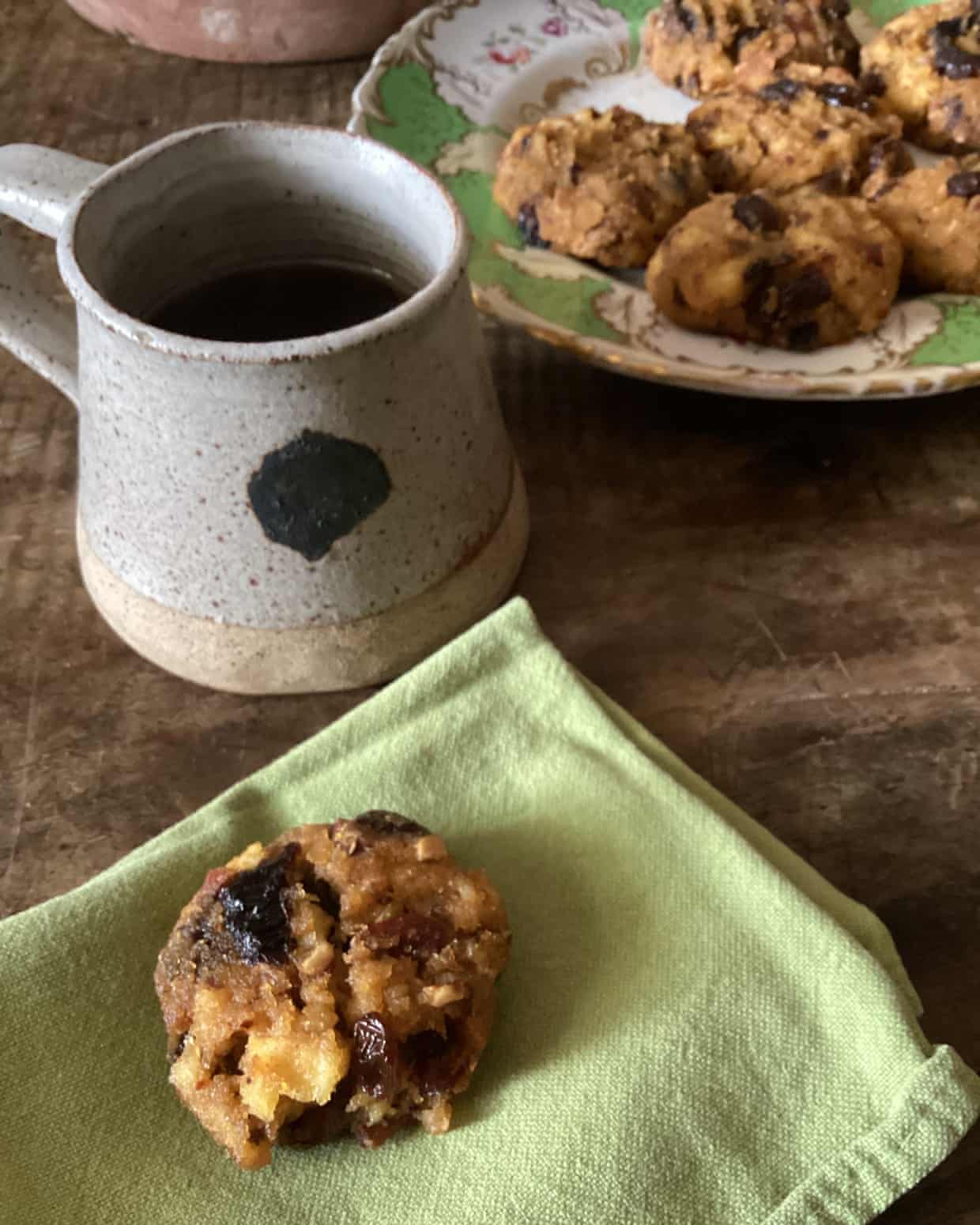
Rachel Roddy’s recipe for leftover polenta biscuits | A kitchen in Rome
This, then, was the situation: it was Friday night after a long week, and having met a friend on the way home for a glass of wine, which arrived with crisps, taralli, dry roasted peanuts and enough salt that we needed another glass, it seemed a good idea to go home and cook polenta – the long-stir sort as opposed to the instant variety, although I always have that in the cupboard, too. Another good idea, which came to me as I pulled a new packet from the back of the dresser and ignored the flutter of tiny wings, was to make more than enough polenta and pour the extra into a Pyrex dish while it was still hot, so it could set into a block to be cut into slices and grilled the next day.I’ve written about polenta before; how the word is ancient and generic – referring to any mushy dish made from cereal flour and water – and how, after its arrival in Europe in the 1600s, it became synonymous with ground maize. There exists a world of different grades and milling, but, broadly speaking, when you buy ground maize (cornmeal) for polenta, you will have two options: finely ground (which might also be white) for a soft, thin polenta, and coarsely ground, which will have glassy-looking grains and makes an excellent body scrub and a harder, tastier polenta. The latter also takes much longer to cook, anything from 40 minutes to several hours, depending on who (or which packet) you consult, although in my experience an hour is almost always enough, and anything beyond that is more a way of deepening the flavour
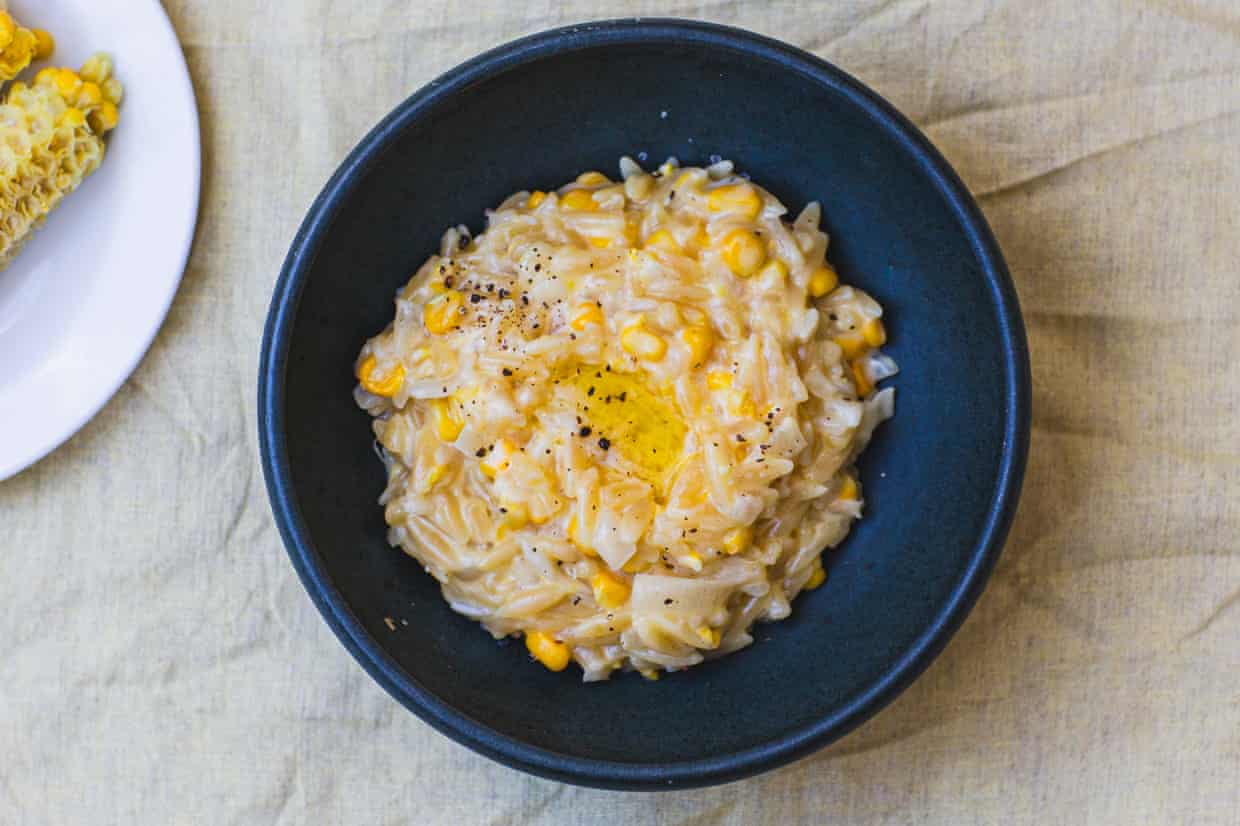
Don’t chuck your parmesan rind – it is an excellent stock cube – recipe | Waste not
Parmesan rinds are the ultimate zero-waste hack – like a cheesy stock cube, they enrich stews, sauces and all sorts, and add pure deliciousness in the form of umami depth and creamy texture. Stored in the fridge or freezer, they keep almost indefinitely. This week’s recipe uses them in a thrifty, creamy corn orzo that transforms a few simple ingredients into comforting autumn fare.This dish was a happy accident, and left me and my family drooling for more. I was planning a classic tomato orzo to use up that half-bag in the cupboard left over from making a pasta salad, but wanted something more seasonal
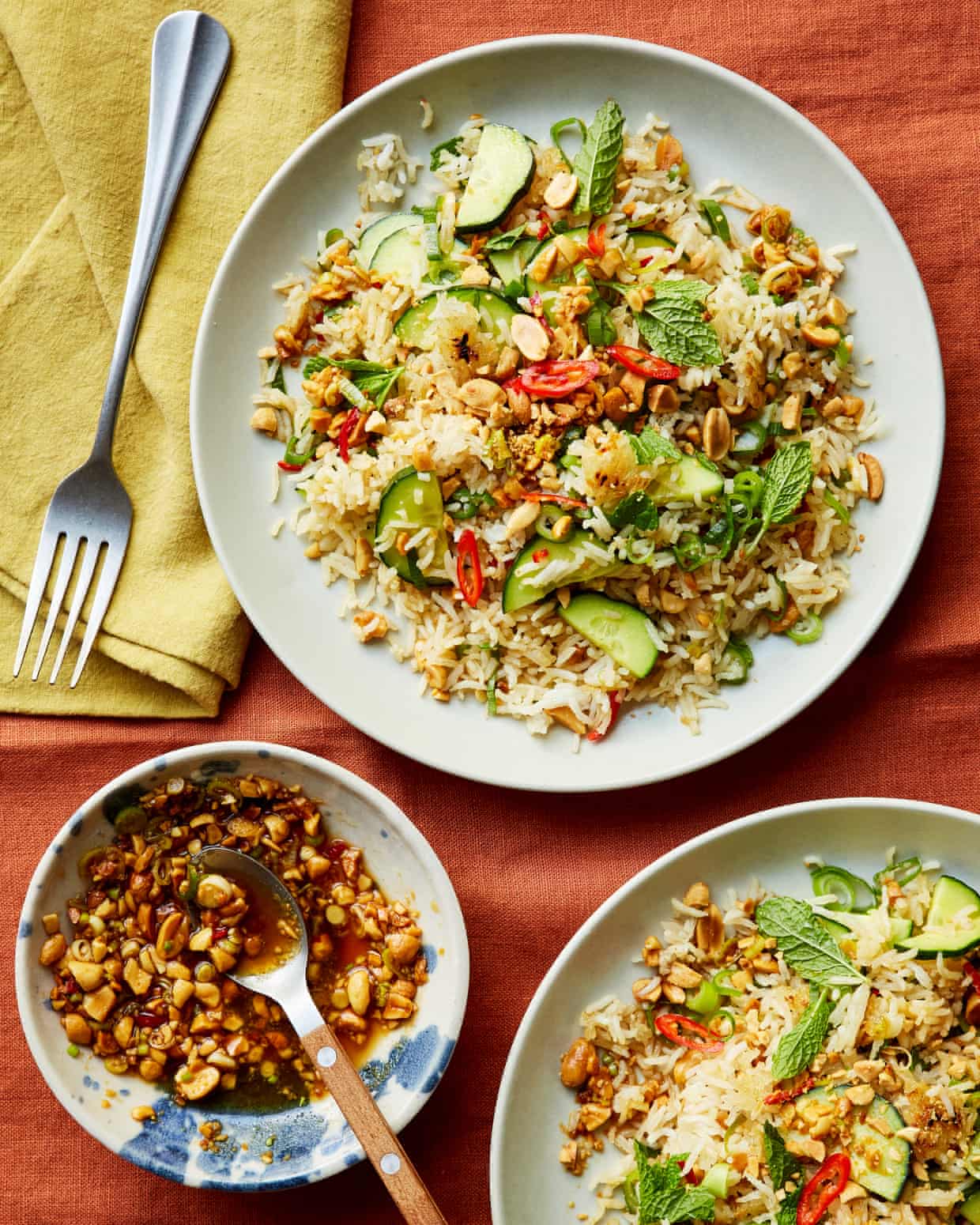
No waste, all taste: Max La Manna’s comfort food pantry-raid recipes
Cooking with little to no waste isn’t about rules; it’s about rethinking old habits. Take inventory of the food you already have (I like taking a photo of my fridge and pantry before I go shopping), stick to your list and buy only what you need. Make sure you store it properly, too, so it lasts longer, and don’t forget to cook with a bit of curiosity: that bendy carrot, yesterday’s rice, the broccoli stem you’d normally bin – they all have potential. Start small, and trust me: you’ll notice the wins in no time, saving money, time and food from the bin. For me, low-waste cooking isn’t restrictive, it’s liberation
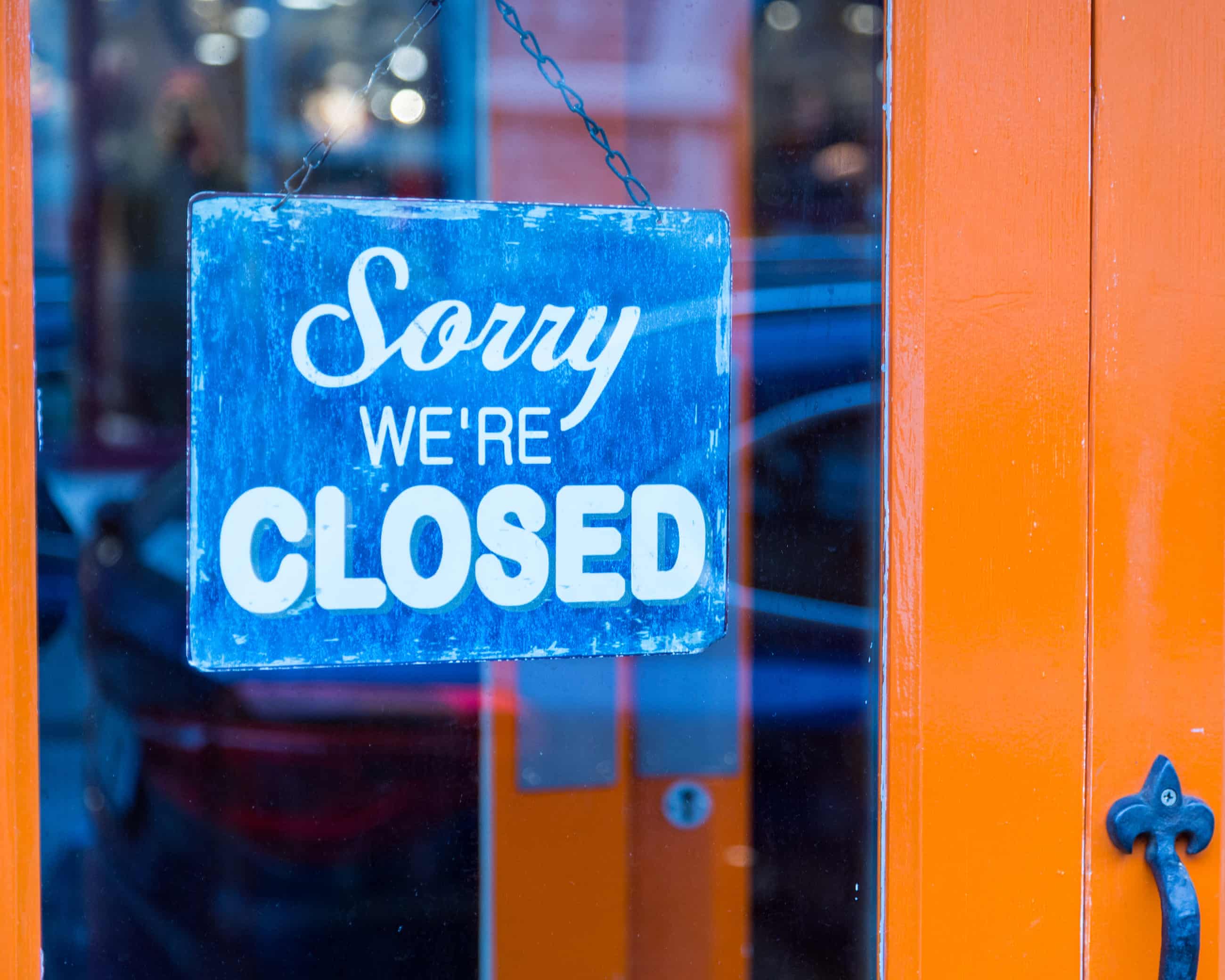
When restaurateurs go rogue: is it right to lambast locals who won’t come and dine with you?
An Italian restaurant shut up shop last week, with an angry and disappointed farewell note, blaming ‘neighbours’ for a lack of support ...Name: Unappreciative customers.Age: In the case of Don Ciccio, six years
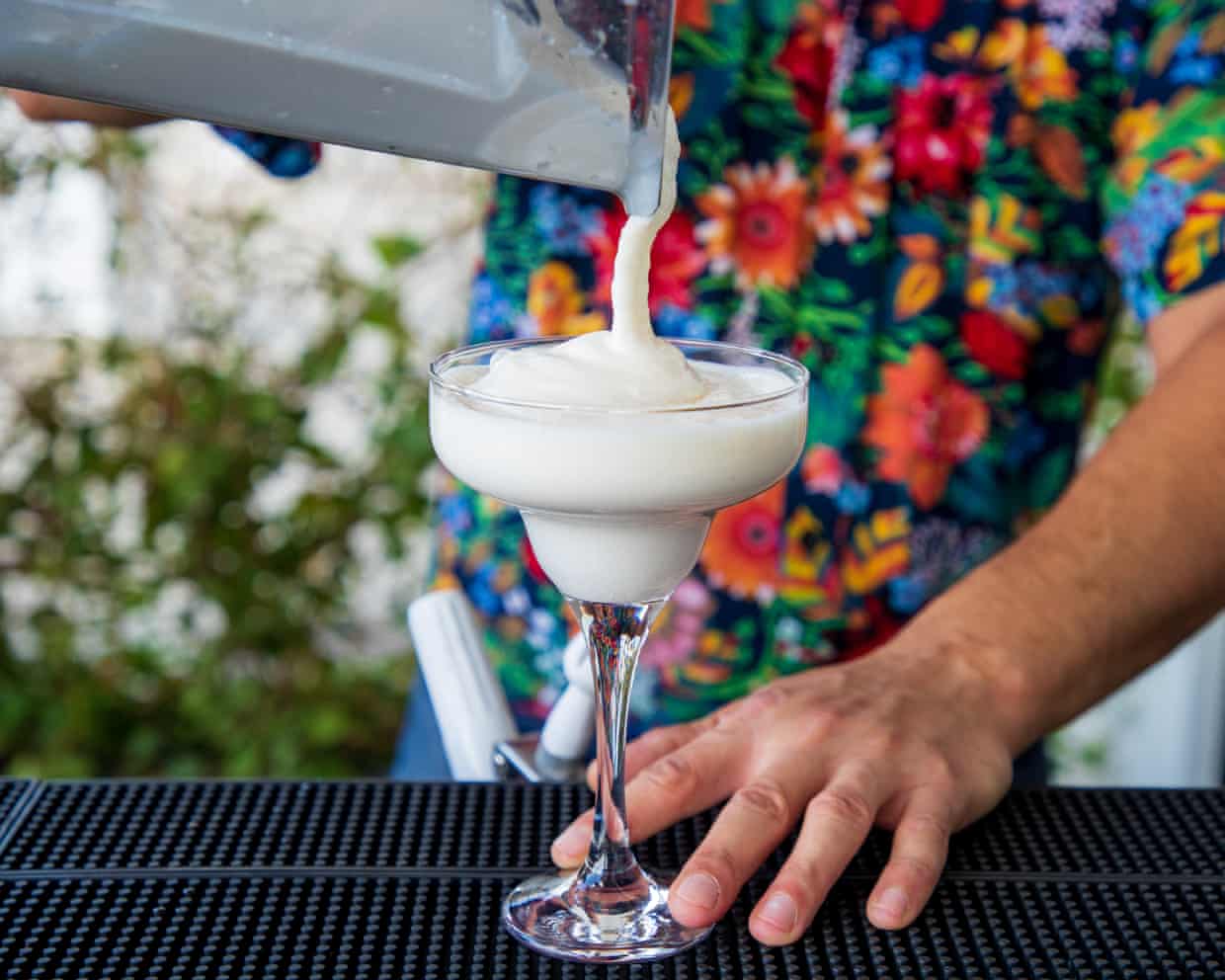
If you like piña coladas: how to make slushies at home without a machine
It promises icy, refreshing drinks, and for a cool $179, this slushie maker is yours – if you can find one.Australian TikTok users have become fixated on a Kmart slushie machine, apparently a budget version of the equally viral Ninja slushie machine (RRP A$499), with users posting videos and reviews of their frosty, fruity extrusions. One Australian video has racked up 2.7m views, and the appliance has sold out online. But with Kmart supply chains under scrutiny and the knowledge that culinary trends and the very specific appliances needed to make them are passing fads, not everyone wants to – or has to – buy a machine to make slushies this summer
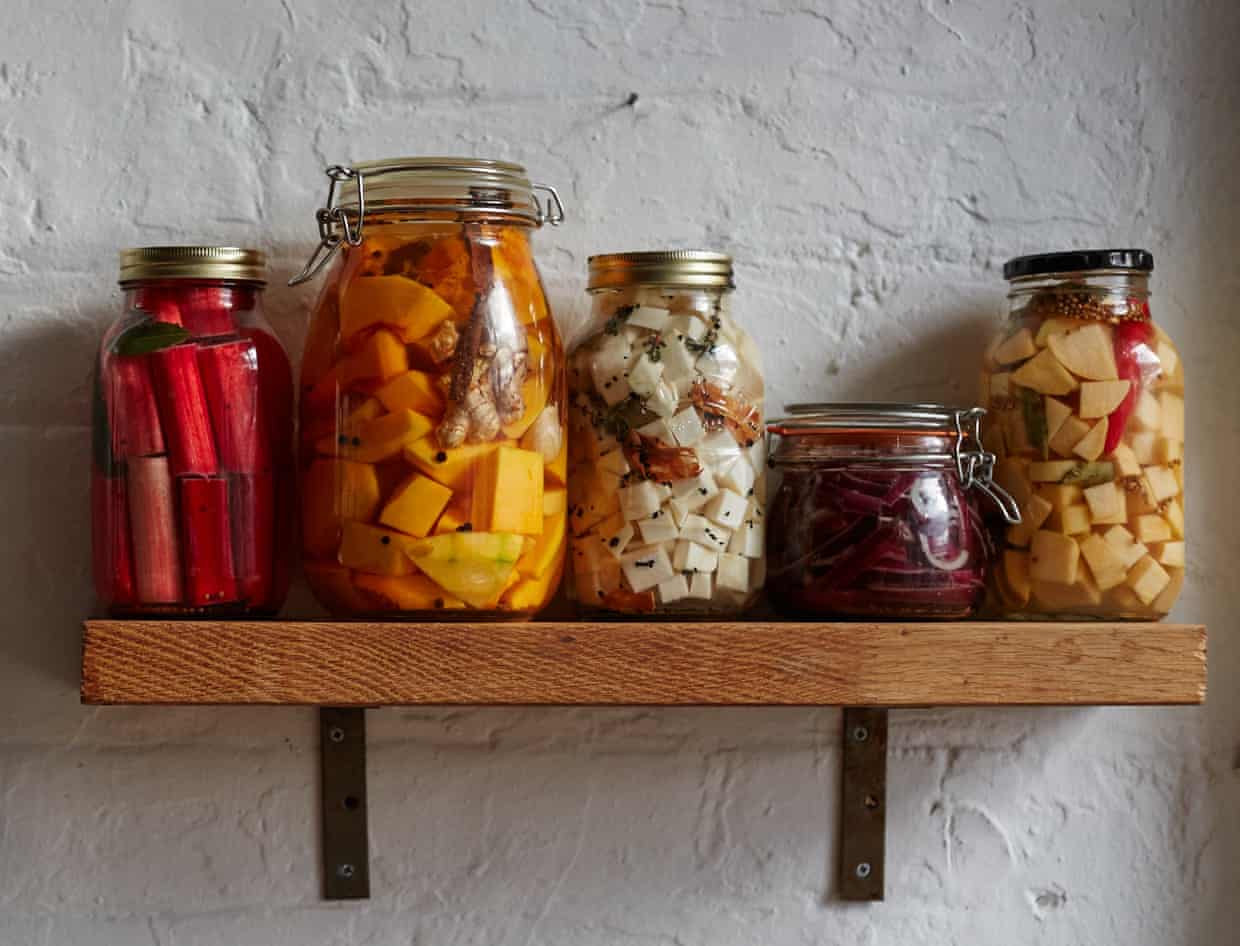
Pickle power: how to make your first ferments | Kitchen aide
I love ferments and want to start making my own to save money. Where should I start? Ben, by email“Maybe with some carrots, onions, cucumber or beetroot – anything Ben has an excess of,” says Connor Wilson, head chef at The Kirkstyle Inn in Slaggyford, Northumberland. “Fermentation is a great way of preserving produce, but it won’t give new life to things that are past their best.”That said, tired-looking carrots would be perfect for Olia Hercules’ go-to for newbie fermenters: “If they look dehydrated but without any rotting, they’re amazing to ferment,” says the author of Strong Roots. “The sugars concentrate and you get this bright carrot flavour

NatWest boss warns against higher bank taxes as lender’s profits rise 30%

Dash for gold helps drive retail sales in Great Britain to three-year high

Car production slumps to a 73-year low after JLR cyber-attack

Battle between Netherlands and China over chipmaker could disrupt car factories, companies say

UK manufacturers hit by largest drop in orders since 2020; FTSE 100 hits record high – as it happened

Oil price jumps and FTSE 100 hits new high after Trump puts sanctions on Russian firms